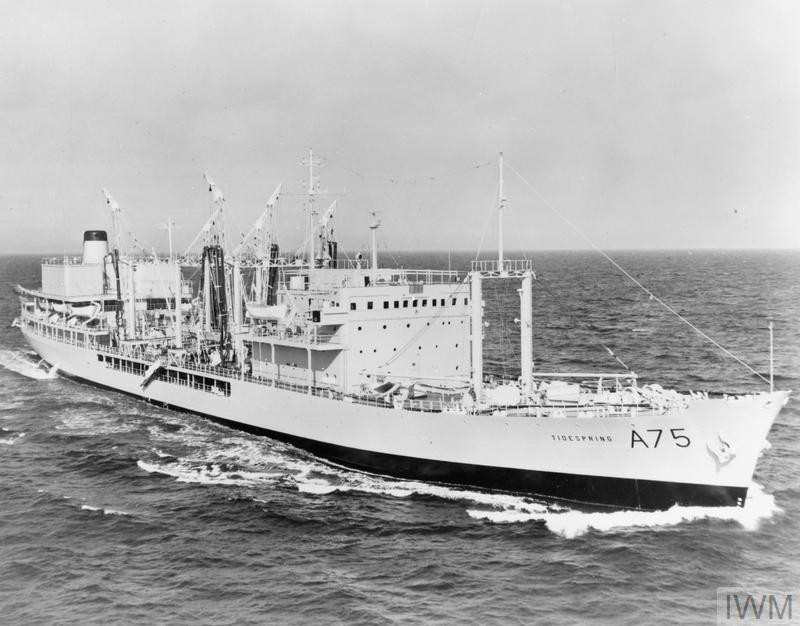While the busy pattern of shipping movements continued in the corridor between the UK, Ascension Island and the Falklands, the main event of note on Wednesday 21 April 1982 was very small in scale – and could have all ended in disaster.
This event was part of Operation Paraquet, a subsidiary to the main Operation Corporate, and was intended to retake South Georgia from the Argentinian force that had taken control of the island at the beginning of April.
A troop of special forces was landed on Fortuna Glacier with a view to setting up an observation post close to the former whaling station of Leith, north of the main settlement of Grytviken on the west coast of South Georgia.
This required a transit of glacier and challenging terrain – a distance of around 20 miles – and personnel with local knowledge of South Georgia expressed misgivings, feeling the plan was unnecessarily ambitious in its attempt to avoid alerting the Argentinians, who would not expect an attack from the direction of the glacier.
But the green light was given, and around midday on 21 April three Westland Wessex helicopters were used to safely insert the troop of 15 men – one aircraft (Humphrey) from HMS Antrim and two that had been allocated to Fleet tanker RFA Tidespring.
But the reality of the environment of South Georgia soon hit the British troops as winds up to 100mph and freezing temperatures engulfed them.
Crevasses that extended deep into the glacier also slowed progress, and the troop decided to set up camp and try to weather the storm – but that plan was also thwarted by the weather, with the tents being blown away and the men running the risk of serious injury or death in the blizzard conditions.
As Wednesday 21 April ticked over into Thursday 22 April, it became increasingly apparent that the troop would need to call for an emergency evacuation.
21 April also saw a Sea Harrier from HMS Hermes intercept an Argentine military Boeing 707 on a reconnaissance mission near the Carrier Battle Group – the first of three days of contact with the airliner.
A warning was issued through diplomatic channels, and the plane finally disappeared from the scene.
Further north, at Ascension, supply ship RFA Fort Austin returned in order to take on more stores
* These posts can only give a brief sense of what was a complex and fast-moving situation 40 years ago, and cannot cover the involvement of every ship, squadron and unit in detail – for a much more comprehensive account see naval-history.net at https://www.naval-history.net/NAVAL1982FALKLANDS.htm
Today’s image from the Imperial War Museum collection (© IWM MH 27587) shows Fleet tanker RFA Tidespring, one of the ships involved in the retaking of South Georgia.
The Royal Naval Association is the biggest collective group of Royal Naval veterans and serving personnel, with more than 270 branches in the UK and overseas.
The RNA provides those with a link to the Royal Navy access to a life-long community of like-minded and supportive individuals.
Our community provides companionship, resilience, comradeship and unity to anyone and everyone with a Naval story, supporting them through life's highs and lows.
Membership is now free (please note, some branches may charge a small annual subscription, payable locally on their request) – see https://royal-naval-association.co.uk/join-us/ for details of how to join.
